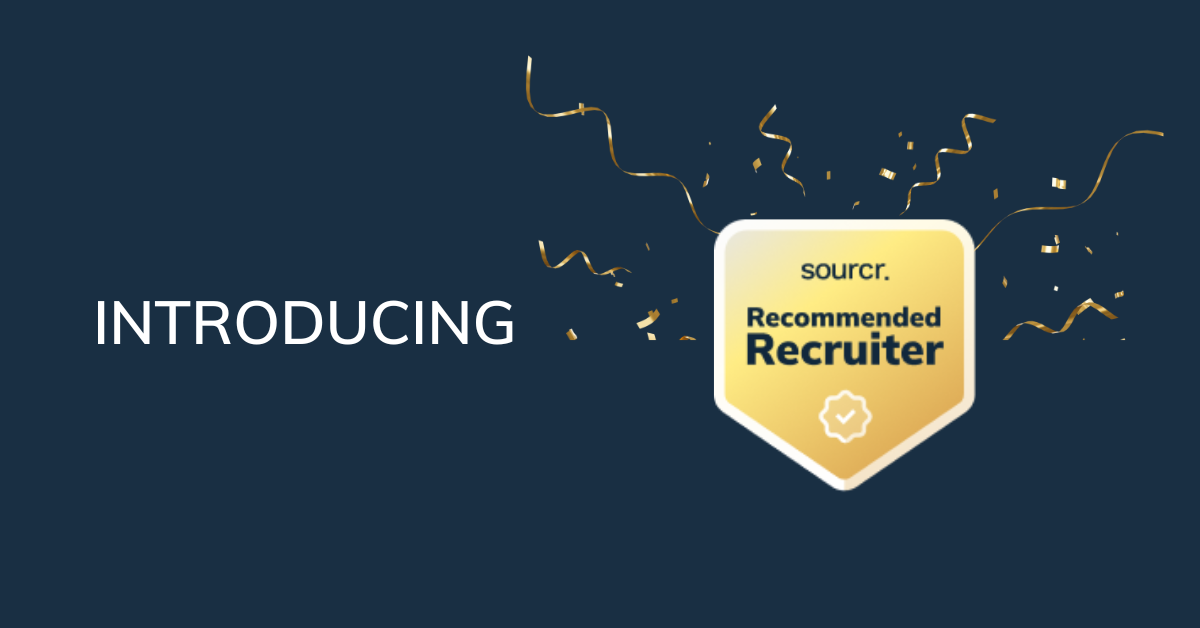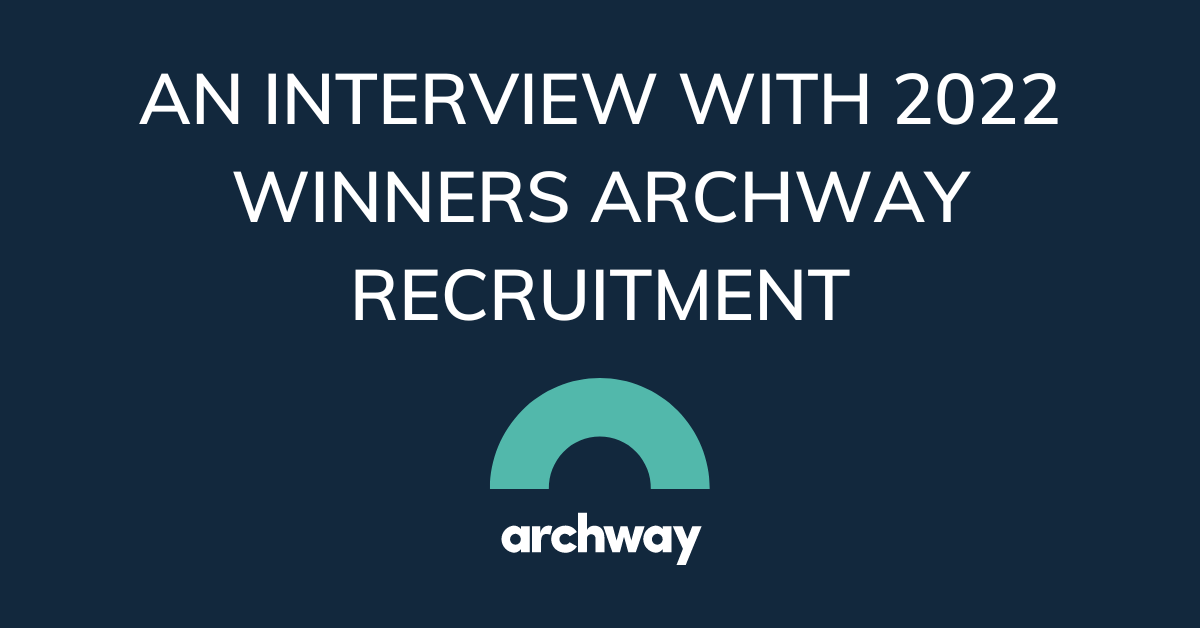There are recruiters reading this who joined the industry in the last few years who hadn’t needed to perform business development activities. There will be managers reading this who’ve never had to instruct or instil those skills in their team.
How then, as an agency leader do you navigate the challenges of BD in a jobs-led market?
How can you up-skill a recruiter in a changing landscape so they’re ahead of the game, despite starting behind some competitors?
How can you evolve BD skills in your team in a business environment being influenced by DE&I, AI and TA priorities?
This article, taken from the Sourcr webinar with Stephen Carter of Sharp & Carter, Laura Frazer of Frazer Tremble Executive and Tony Pownall of Cultivate will give you some tips for the near future.
Watch the full webinar here – ‘How to shift your BD strategy to succeed’.
Know the drivers: how have market changes changed client priorities?
It’s an easy excuse to say the economy’s shifted over the last 12 months and that it’s just more difficult to make money in recruitment. It might be true, but the key to succeeding in today’s market isn’t about seeing what’s happening in the economy and feeling regretful.
It’s about finding a strategy around the shift. Many in recruitment are still seeing record months. And that shows you there’s money to be made if you focus on the right strategy.
So, what’s the right strategy?
The first step is looking at the state of the industry. The sector you work in specifically, but also how the wider macro industry is now hiring. Their challenges, desires and limitations.
If you can offer the value they need, you’ll set yourself apart and win their business.
How can your brand stand out in this market?
The first question is, what do you want to be famous for in the recruitment industry? And how are you going to bring that to the market?
Understanding both will give you the right grounding for taking steps to client acquisition.
Understand your ideal clients and how you can appeal to them
A modern BD strategy in recruitment should centre around who your ideal client is. And it should be totally, 100% data driven. The more you know about your client’s pain, the easier it is to offer them a solution. Create a persona and generate a list of target clients based on the value you can offer them.
You shouldn’t just be posting live jobs on social media, but adding value in every single thing you do. Making everything high touch.
Meeting clients and building relationships is always the number one goal, and something recruiters fell out of practice with during COVID. Because in times where jobs need to be filled yesterday, and meeting up for a coffee isn’t viable or necessary, why would you?
But that’s no longer the case.
What’s also no longer the case is simply saying “we’re different.”
The irony of you telling a client you’re different to everyone else is that it’s a catchphrase and have you tagged as the same.
It might be something you do, or you have KPIs to complete. But when was the last time you genuinely analysed the strength of that strategy?
Identify your upfront value before you provide talent
How can you help a client run their business more profitably? More equitably? More diversely? How can you improve their bottom line? Or their brand?
Are your clients psychologically safe going into next year? Are they hiring people who think differently? Who have different experiences? People who will grow their business in ways that positively impact their bottom line?
Many of them will be working on diversity and inclusion throughout their business. But if they’re not incorporating those same policies in their hiring model, they’ll be limiting their own potential.
Ultimately, how can you solve their biggest problems? Because they’ll care far more about that than you telling them how ‘different’ you are.
To fully immerse yourself in the journey of your customers and create marketing material around them, you’ll find you’re adapting your methods to the way they find you and work with you. You’ll rise to the top of their consciousness.
How and when should you be contacting prospects?
Play the long game. Successful BD isn’t a race, it’s an investment.
Prospects are probably being targeted by multiple recruiters a week. You need to invest time in a diverse engagement approach and make sure to complete outreach cycles. When developing an outreach cycle really think about who you’re engaging. What are their priorities? When will they have time to talk? How could you best reach them?
Top performing approaches include between 7-12 touchpoints, offering different elements of value in each step.
Use a mix of channels to reinforce your presence and prove that you’re not giving up. Combine emails with calls, Linkedin Inmail, text messages and face to face meetings where you can.
Be agile, no single outreach approach will suit all of your prospects. Are they working from home? No worries – offer to meet up at a local cafe to discuss their hiring challenges. The more dedicated you are to your approach, the more you cement yourself as a valuable, reliable talent partner.
What common traits make successful recruiters?
A growth mindset will be one of the most valuable assets in recruitment in 2024. If that sounds like a catchphrase, let’s rephrase is at the pursuit of personal improvement.
Someone who wants to get better at what they do – who is hungry to learn. And shows up every day with that in mind.
Learning how to operate and succeed in this market is an opportunity to grow your skills, develop in new areas, grow your market and sharpen your ability.
Personal growth isn’t easy, but it’s one of the most rewarding ethics you can harbour.
You need a relentless approach to adding value to your customers. Both candidates and clients. As one will turn into the other and vice versa.
The best recruiters don’t have to motivate themselves or work up to an afternoon of calls, they implement business development it into their days without even thinking about it.
They try to book 12+ customer meetings per month. That’s three outside, face to face meetings per week. And that’s a lot of work. It might mean holding events, marketing yourself on LinkedIn, investing in personal branding, investing in training, cold calls, warm calls and everything else recruitment entails.
“The best are interested and they’re interesting” – Stephen Carter
They’re consultative and they have anchor clients. That means 3 or 4 clients where the bulk of their jobs come to them. Then, some of it’s made up of opportunistic work.
But it’s an “always on” BD approach. They do a little bit every single day.
How can AI help?
“AI is also improving the lives of recruiters by ironically allowing them to become more human. In taking away some of the admin and hassle they previously had to do manually.” – Laura Frazer
Whether this means you’re able to transcribe a conversation from a reference check, without manually taking notes or, write job ads with ChatGPT.
AI on its own won’t write you a great job ad, but it’ll get you 70% of the way there. And after a bit of finesse you’re saving your own time to focus on the more human elements of your job.
“Top billers use AI as an enabler to spend more time with your prospects, rather than as a replacement for touchpoints.” – Tony Pownall
And when it comes to business development, authentic relationships are the long-term aim of the game.
___
A big thank you to our panel, Stephen Carter of Sharp & Carter, Laura Frazer of Frazer Tremble Executive and Tony Pownall of Cultivate.
Watch the full webinar here – ‘How to shift your BD strategy to succeed’.
It all starts with what you want to be known for. What’s your unique value, and how can you take that to market? - Laura Frazer, Frazer Tremble Executive







